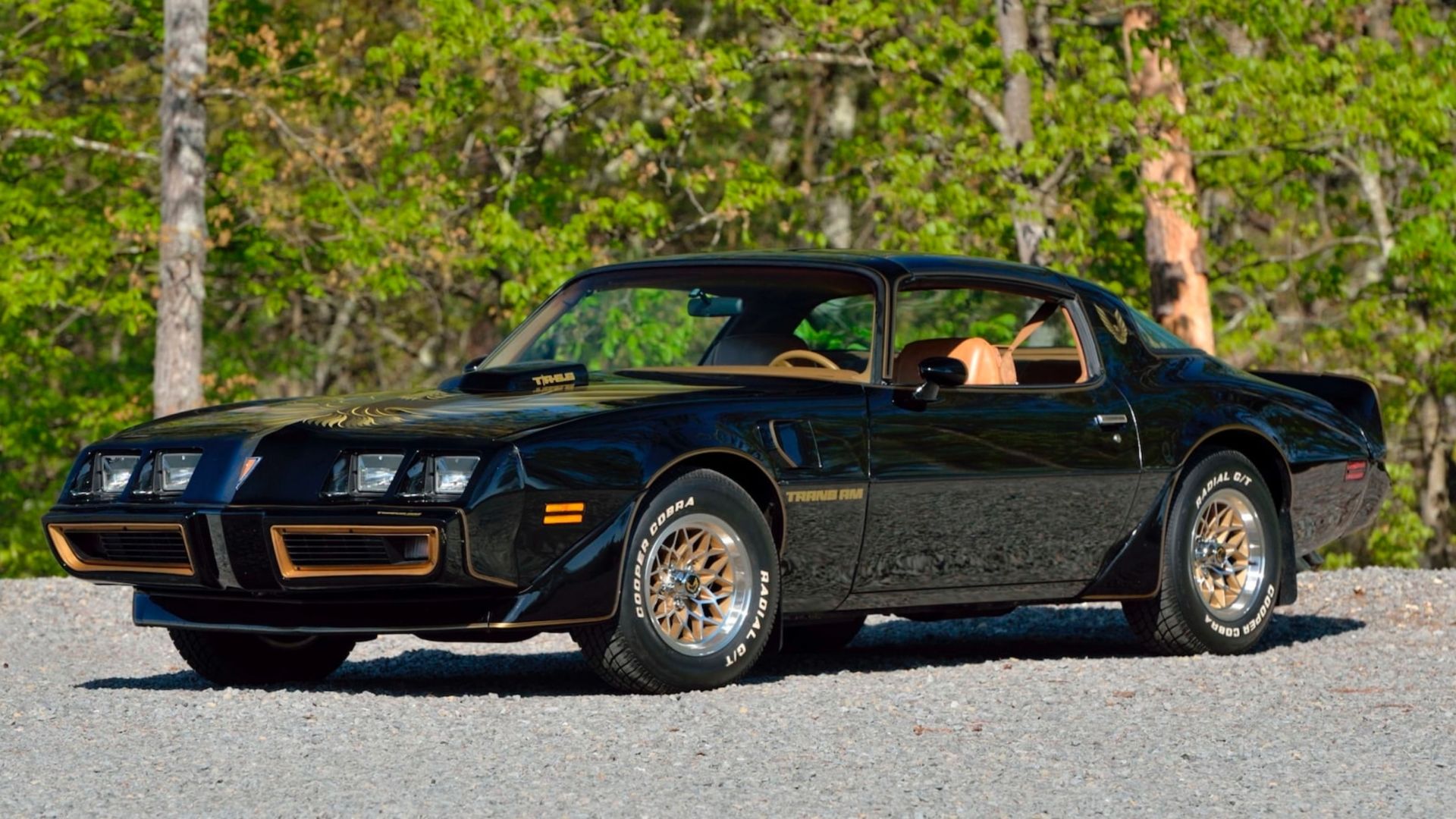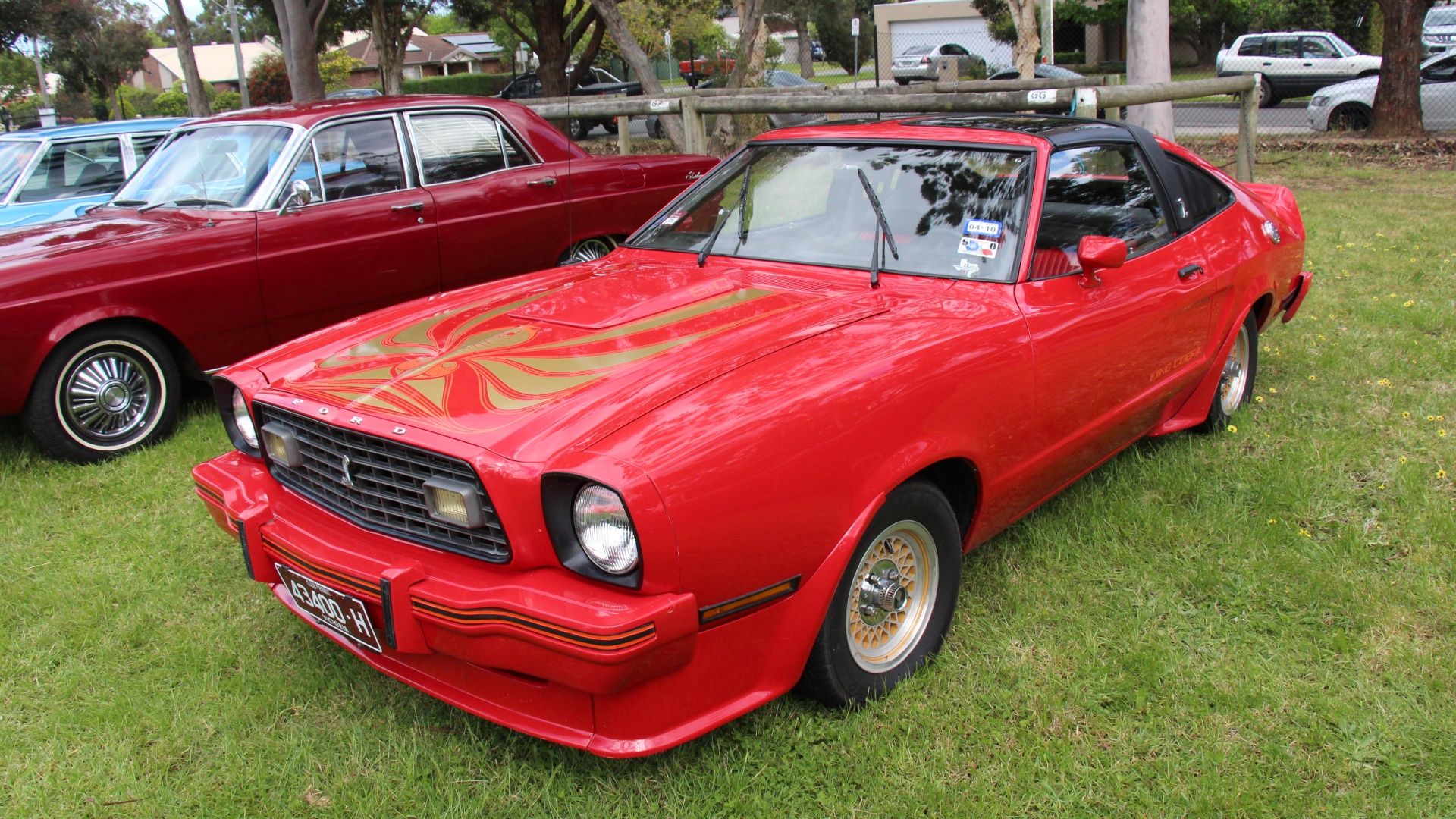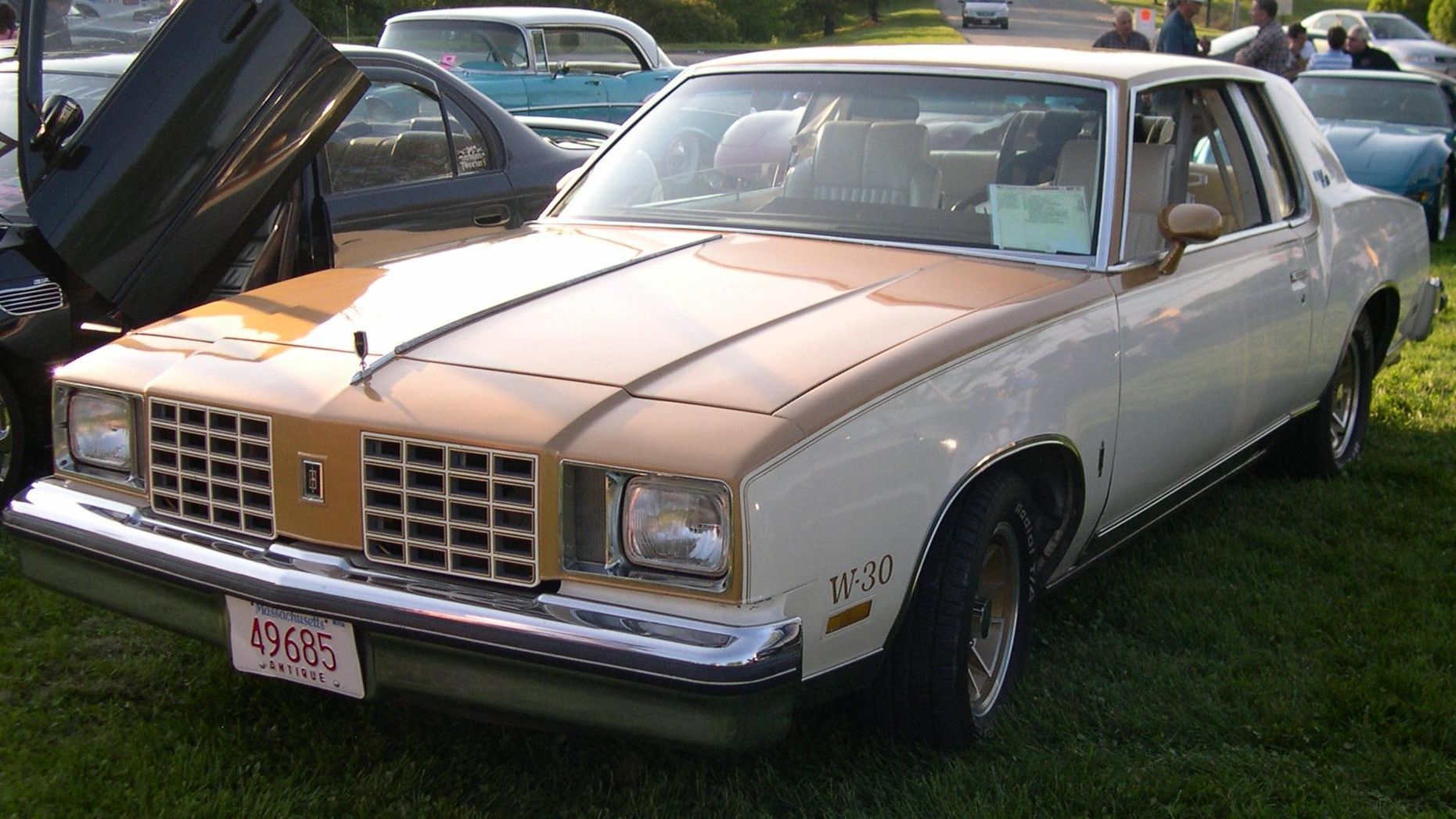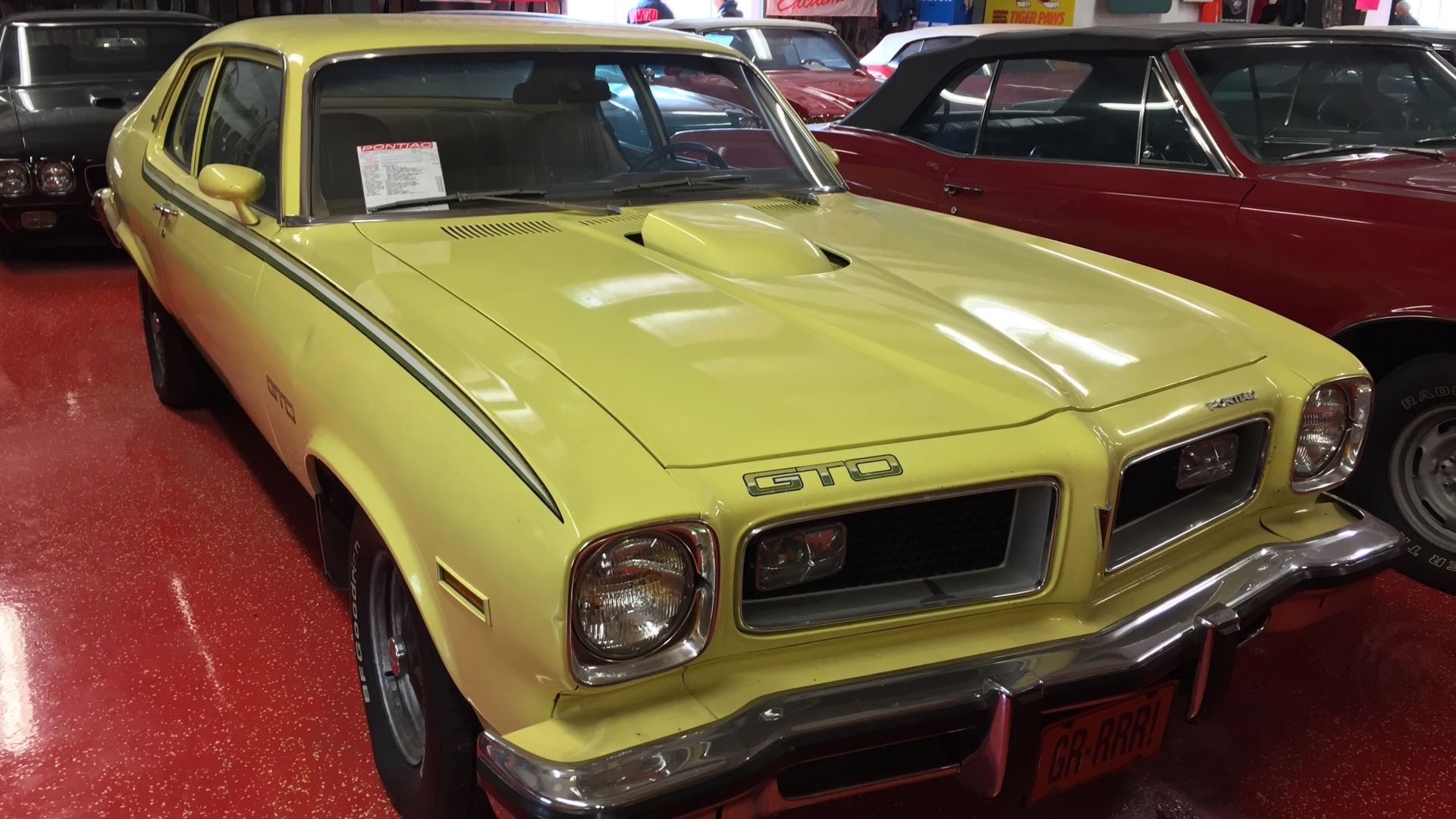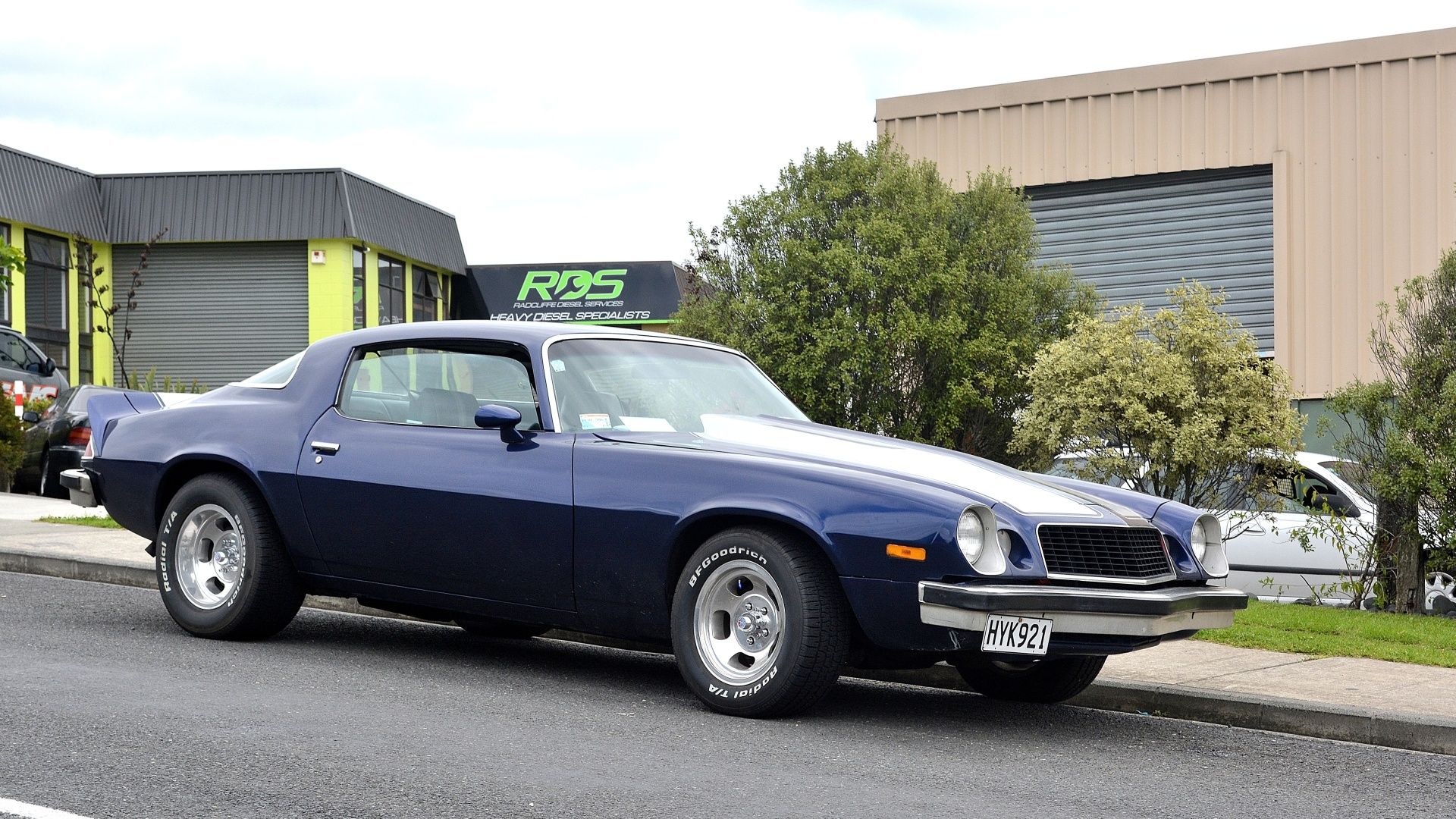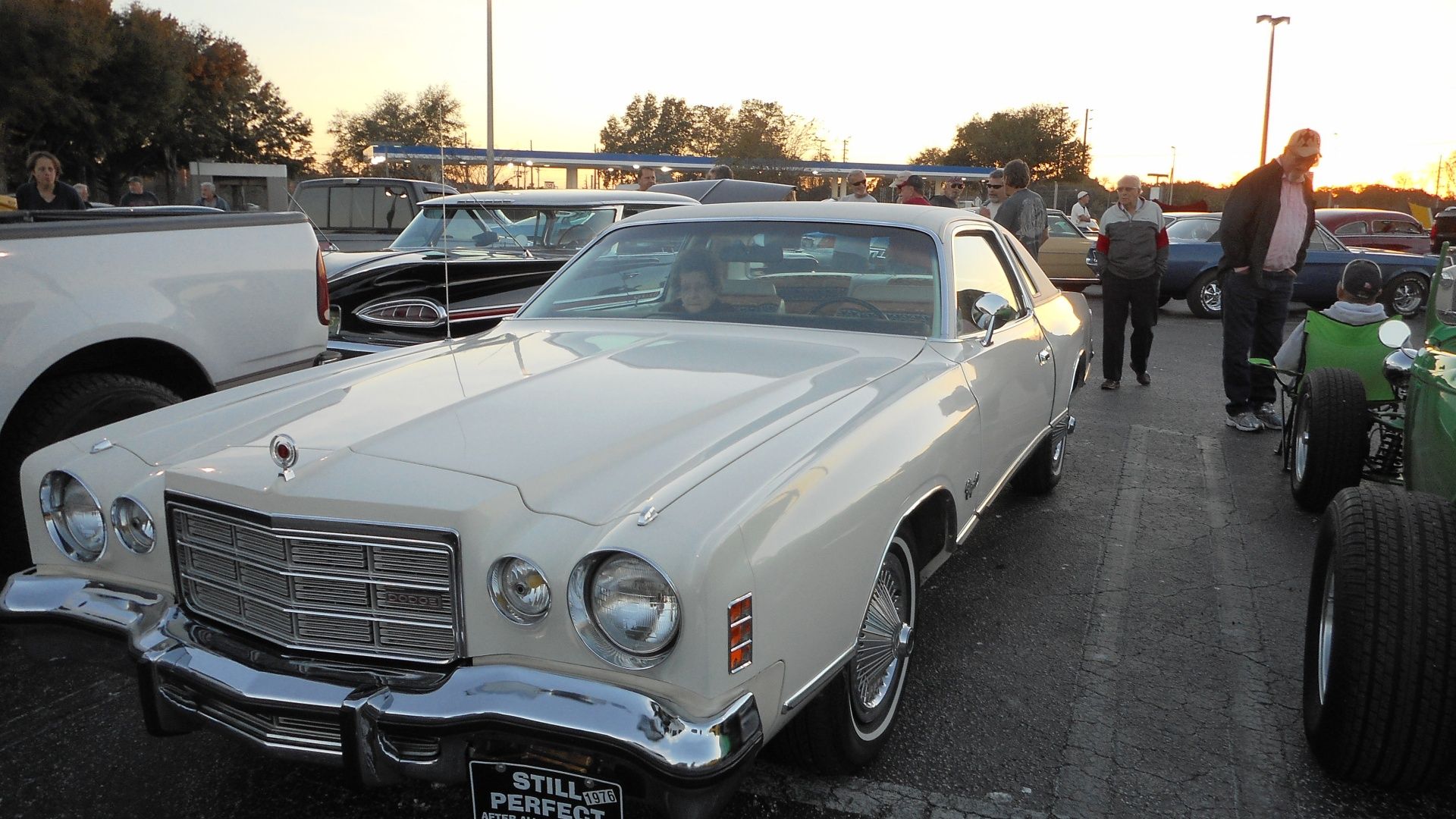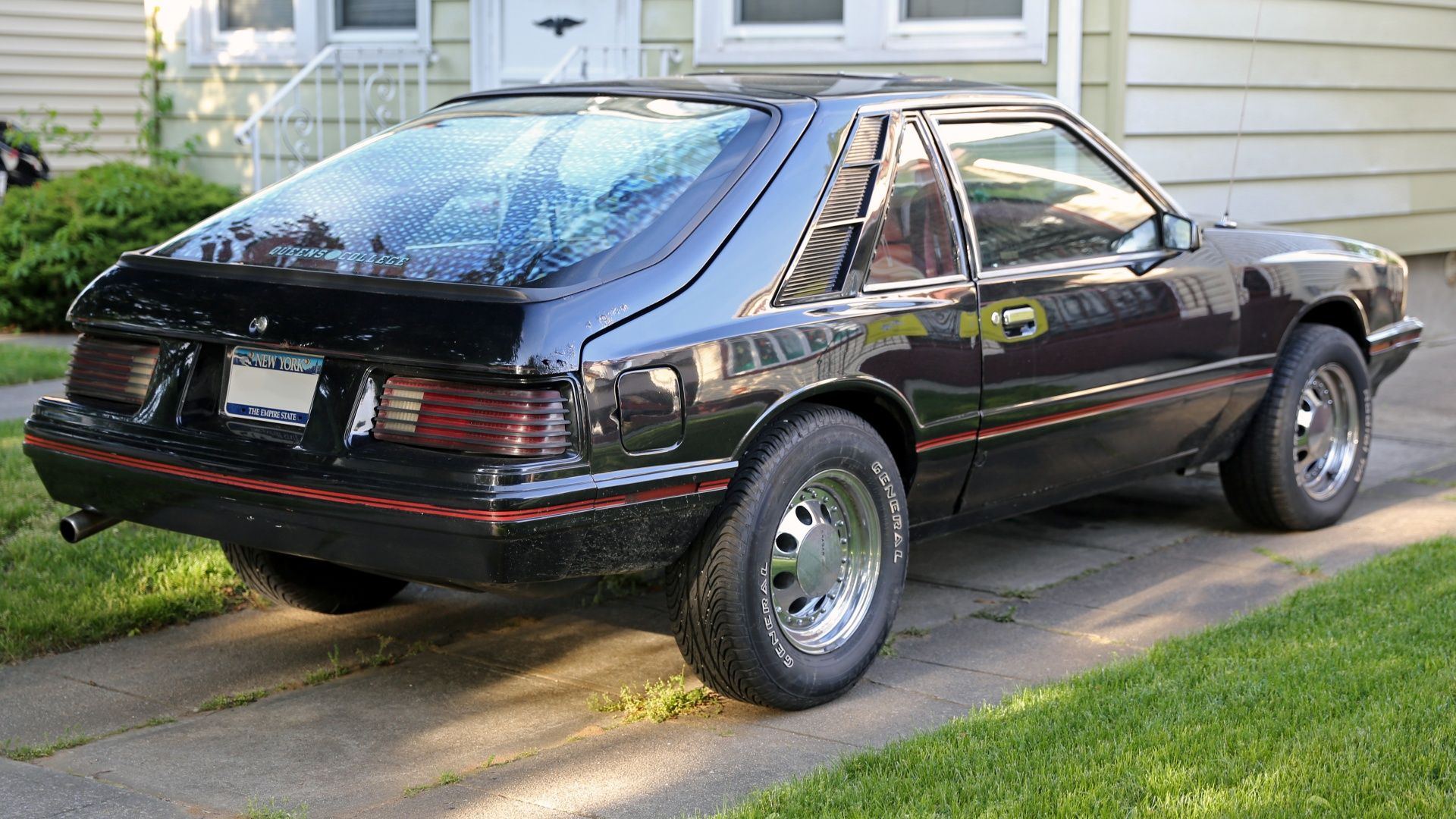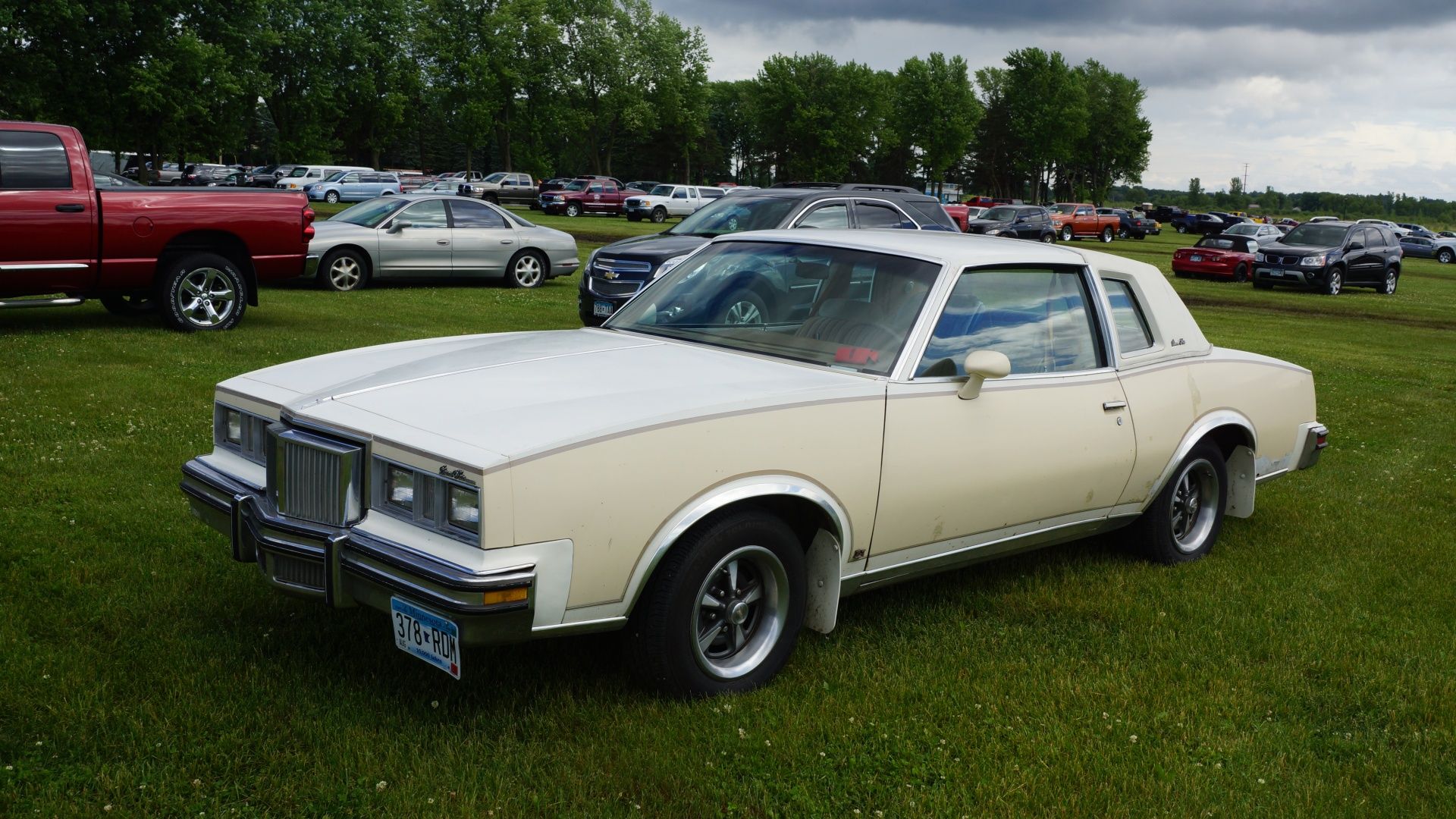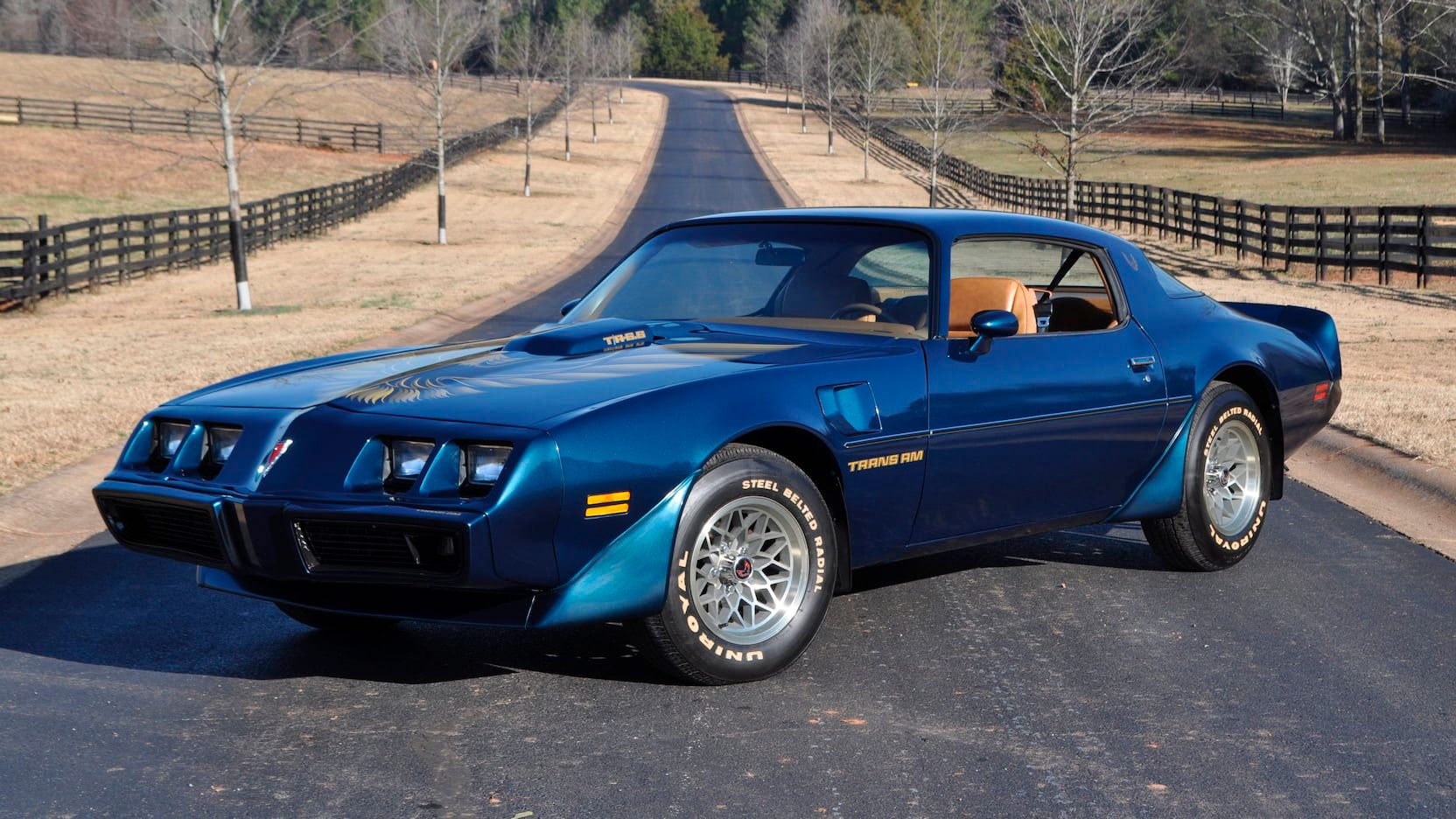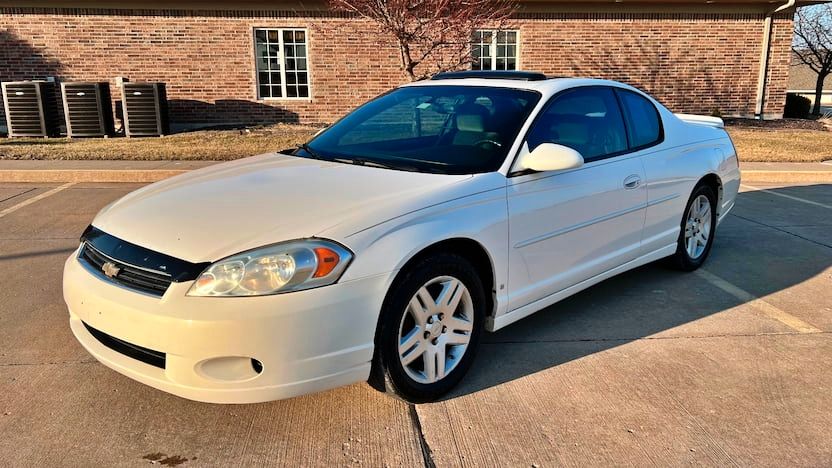Muscle cars are in a class of their own and pack a significant amount of history behind them. The phrase “Win on Sunday, sell on Monday” is very true for the American Muscle car era as car manufacturers pitted their performance versions of regular cars on the race tracks and drag strips to see who’s the fastest. Back in those days, this was the best marketing one could hope for and competition was fierce.
Typically, the Golden Age of Muscle cars is considered to be from 1964 to 1971, with the Pontiac GTO being regarded the grandfather of American Muscle cars. After 1971, strict emissions regulations were imposed on car companies as a result of the ongoing oil crisis at the time. Gas was expensive (kind of like now) and more fuel-efficient vehicles were needed.
Great gas mileage was not something Muscle cars were known for and automakers, reluctantly reworked their existing power plants, resulting in some pretty slow “Muscle cars”. Unfortunately, this continued until the mid-1990s at which point performance levels were still mediocre. These 10 models, however, represent an all-time low, and sending them to the scrapyard can be considered a big service.
10 1978 Ford Mustang II King Cobra
Pretty much any American high-performance model after 1971 was neutered in terms of performance. The Ford Mustang was no exception. Granted the Blue Oval’s iconic model is technically, classified as a Pony car, but there were quite a few performance versions, which opened doors to the Muscle car segment. The second-generation Mustang was built out of necessity for more fuel-efficient vehicles. Lee Iacocca was the mastermind behind this downsized Mustang and frankly, it was making the best out of a bad situation.
Power was, practically, non-existent as even the range-topping, 4.9-liter Windsor V-8 was pumping out a laughable 142 horsepower, even in "King Cobra" guise, resulting in a 0 to 60 mph (97 km/h) time of 10.5 seconds. Still, the Ford Mustang II was sold in over 1.1 million copies from 1974 to 1978 while winning MotorTrend’s car of the year in 1974.
9 1978 Oldsmoile 4-4-2
Big, comfortable, and fast are words that best describe the original, 1964 Oldsmobile 4-4-2. Thigns only got better with the second generation, at which point, the Muscle car received an even bigger, 455-cubic-inch (7.5-liter) V-8. After that, everything started going down the drain until eventually, the fourth generation hit the bottom.
Chevy’s faithful 305 V-8 was still around, but made only 160 horsepower, resulting in a 10.5-second 0 to 60 mph (97 km/h) sprint. A more powerful 5.7-liter V-8 arrived in 1980, but it was barely an improvement with 185 horsepower. A five-speed manual was available, but the vast majority came with a three-speed auto or a four-speed manual transmission.
8 1974 Pontiac GTO
The Pontiac GTO is considered as one of the model that founded the American Muscle car segment. The fourth-generation GTO came out in 1974 and shows how quickly things went down hill. Thankfully, the fourth-generation GTO lasted only one year. The car shared the X-Body platform as well as the general aesthetic with the third-generation Chevy Nova and other compact GM offerings.
There was only one engine option – a 5.7-liter, 350 V-8 that was neutered for a shameful 200 horsepower and somewhat decent 295 pound-feet (400 Nm) of torque. Transmission options included a three-speed automatic and a three or optionally, four-speed manual. With the latter, 0 to 60 mph (97 km/h) came after 7.7 seconds while the rest needed 9.5 seconds.
7 1974 Ford Gran Torino
Despite stringent emissions regulations, the mid-1970s still had their fair share of large-displacement, Muscle cars. The Ford Gran Torino sat in a class above the Mustang as it was the bigger, more luxurious model in Ford’s lineup. The range-topping engine for 1974 was a 7.4-liter 460 V-8.
Just a few years earlier, the same engine was rated at over 400 horsepower, but in this case, power was rated at 220 horsepower and 355 pound-feet (482 Nm). The Gran Torino was a big, heavy boat and 0 to 60 mph (97 km/h) took 9.6 seconds. The muscle car may have gotten a fair amount of screen time in the 2004 Starsky and Hutch, but it was much slower than portrayed on the big screen.
6 1975 Chevrolet Camaro
The second-generation Chevrolet Camaro was introduced in 1970 and during its first year on sale, it provided decent performance. From 1971 onwards, things started going downhill, performance-wise. The once-mighty Chevy V-8s started getting less and less powerful until the bottom was reached in 1975. During this year, the most powerful engine you could get on a gen-two Camaro was a 5.7-liter (350 cubic-inch) V-8 with 145 horsepower.
There was an optional Z28 package, which offered some performance enhancements. Later in the year, power rose to 155 horsepower, but that hardly made any difference. The torque figures weren’t very impressive either at 250 pound-feet (339 Nm). Depending on which transmission and package you opted for, 0 to 60 mph (97 km/h) took between 10.5 and 12.0 seconds.
5 1976 Dodge Charger
While the Dodge Charger is one of the most iconic American Muscle cars, even that wasn’t spared from the oil crisis. The fourth-generation of this MOPAR debuted in 1975 and while it still came with a variety of 318, 360, and 400 cubic-inch V-8 engines, power was severely reduced compared to its predecessor.
1976 was the worst year of them all since the range-topping 6.6-liter produced 185 horsepower and 285 pound-feet (386 Nm). The Charger was always a big, heavy car and its curb weight of 4,250 pounds (1,928 kg) certainly didn’t aid performance either. The range-topping engine was mated exclusively to a three-speed automatic, which allowed for a 0 to 60 mph (97 km/h) sprint in 11.0 seconds.
4 1980 Mercury Capri
Ford debuted the Mustang “Foxbody” in 1978. A year later, a technological clone arrived in the form of the Mercury Capri, which was meant to be a more luxurious version of the Pony car. It also came with exclusive Mercury badging to differentiate it from the European Ford Capri. Engine options were identical to the third-generation Ford Mustang and 1980 was the weakest in terms of performance.
The iconic 5.0 was not even offered for 1980, leaving the 4.2-liter V-8 as the Capri’s range-topping variant. The unit made a laughable 118 horsepower and 194 pound-feet (263 Nm). To make matters worse, the 2.3-liter turbo-four produced just as much power. With a three-speed automatic, the gutless coupe needed 12.8 seconds to reach 60 mph (97 km/h).
3 1980/1981 Pontiac Grand Prix
As with other American manufacturers, the mid-1970s forced a downsizing trend. The Pontiac Grand Prix is a name that dates back to 1965, but for the fifth generation (1978 – 1987), the big grand tourer became smaller, more fuel-efficient, and less exciting. 1980 is one of the worst years for those looking to get good performance out of the Grand Prix.
The 4.9-liter V-8 was replaced by a smaller, 4.3-liter producing 125 horsepower and 210 pound-feet (285 Nm). This means a 0 to 60 mph (97 km/h) time of 14.0 seconds. In 1981, there was also a 5.7-liter Oldsmobile diesel V-8 with 105 horsepower and 205 pound-feet (276 Nm). That one did not sell well as it was expensive and unreliable, not to mention slow, with a 16.4-second 0 to 60 mph (97 km/h) time.
2 1979/1980 Pontiac Trans Am & Trans Am Turbo
Like other American Muscle cars, the Pontiac Trans Am has been immortalized in movies, thanks to Smokey and the Bandit. The image of a Bird Raynolds-driven, black and gold Pontiac has been seared in the minds of many, but sadly, the car’s performance never lived up to the hype. In 1978, the 5.0-liter, Chevrolet 305 V-8 produced only 125 horsepower and 245 pound-feet (332 Nm).
The sprint to 60 mph (97 km/h) felt more like an eternity, taking 12.9 seconds. In 1980, the 4.9-liter Pontiac 301 Turbo V-8 was introduced. It put out 210 horsepower and 345 pound-feet (464 Nm). This dropped the 0 to 60 mph (97 km/h) time to an impressive for those days 7.9 seconds. However, this came at the cost of complexity and reliability issues.
1 2000 Chevrolet Monte Carlo SS
Cars like the Buick GNX proved you don’t always need a V-8 to have Muscle. In the early 2000s, GM attempted to replicate that with the sixth-generation Chevrolet Monte Carlo. The execution was terrible. Essentially, they slapped an “SS” badge to a front-wheel-drive coupe with a cheap interior and called it a day.
The Monte Carlo SS’ 3.8-liter V-6 was not a big step up from the base 3.3-liter unit as it made 200 horsepower – just 20 more than the base car. The 225 pound-feet (305 NM) torque figure wasn’t much to write home about either. The only available transmission was a four-speed automatic, which resulted in a mediocre 0 to 60 mph (97 km/h) time of 8.6 seconds.

